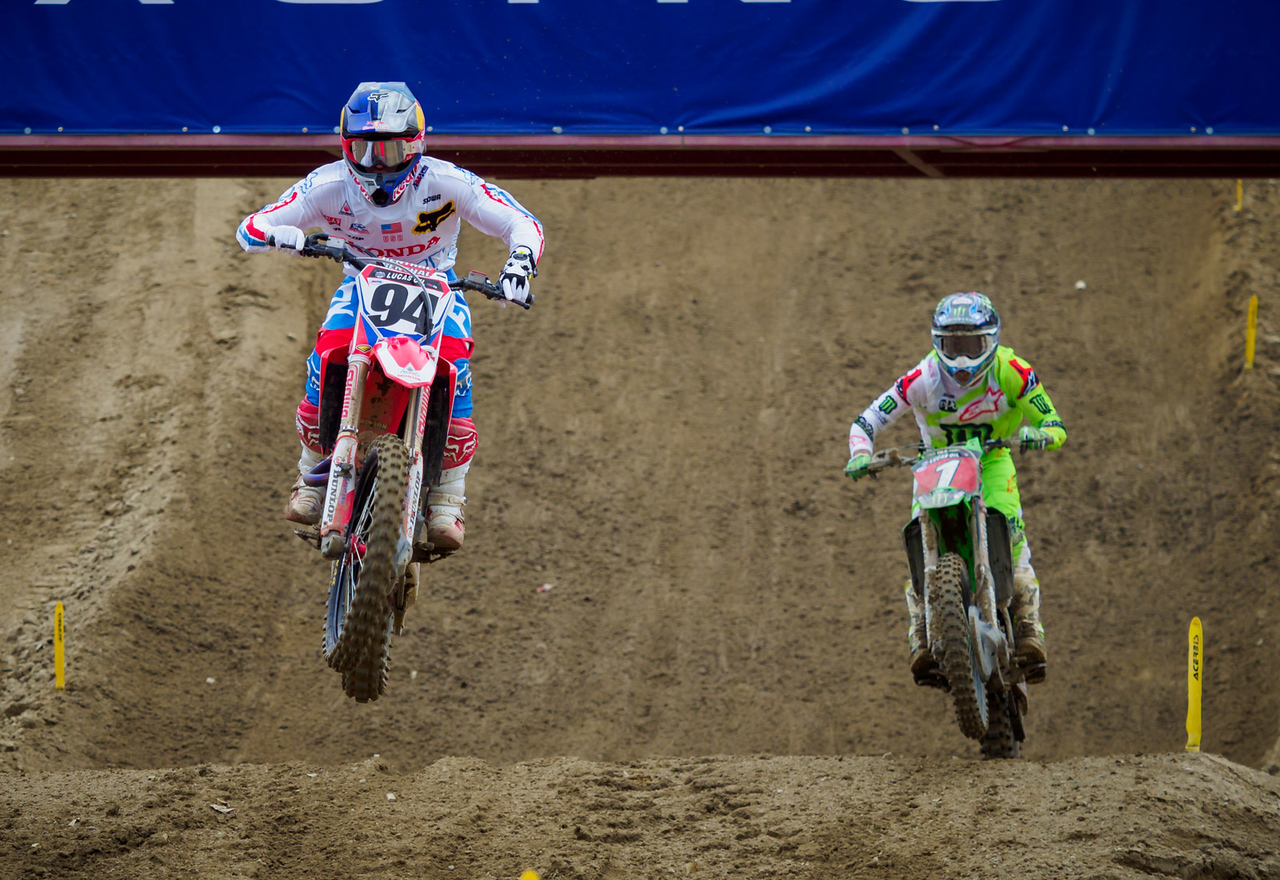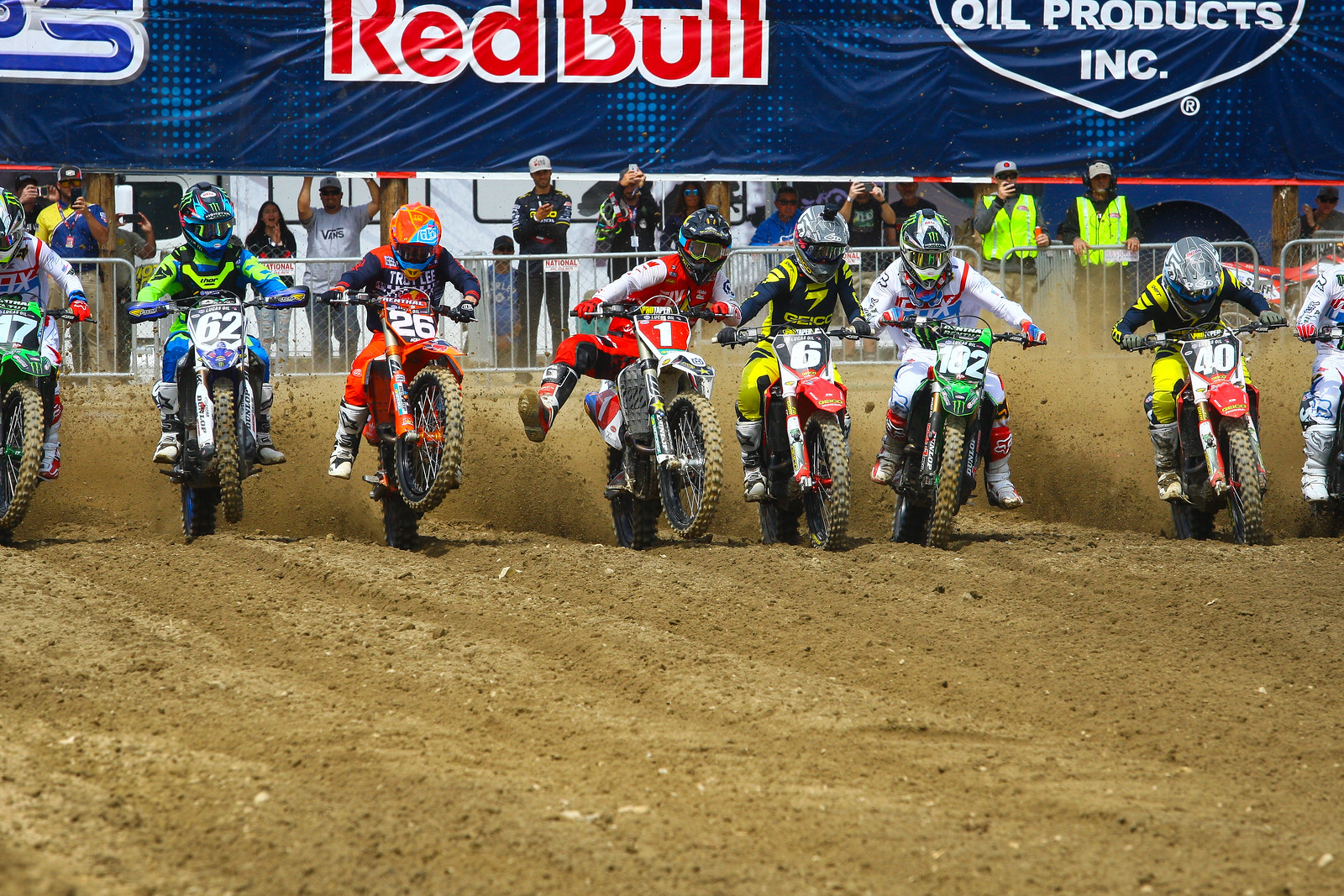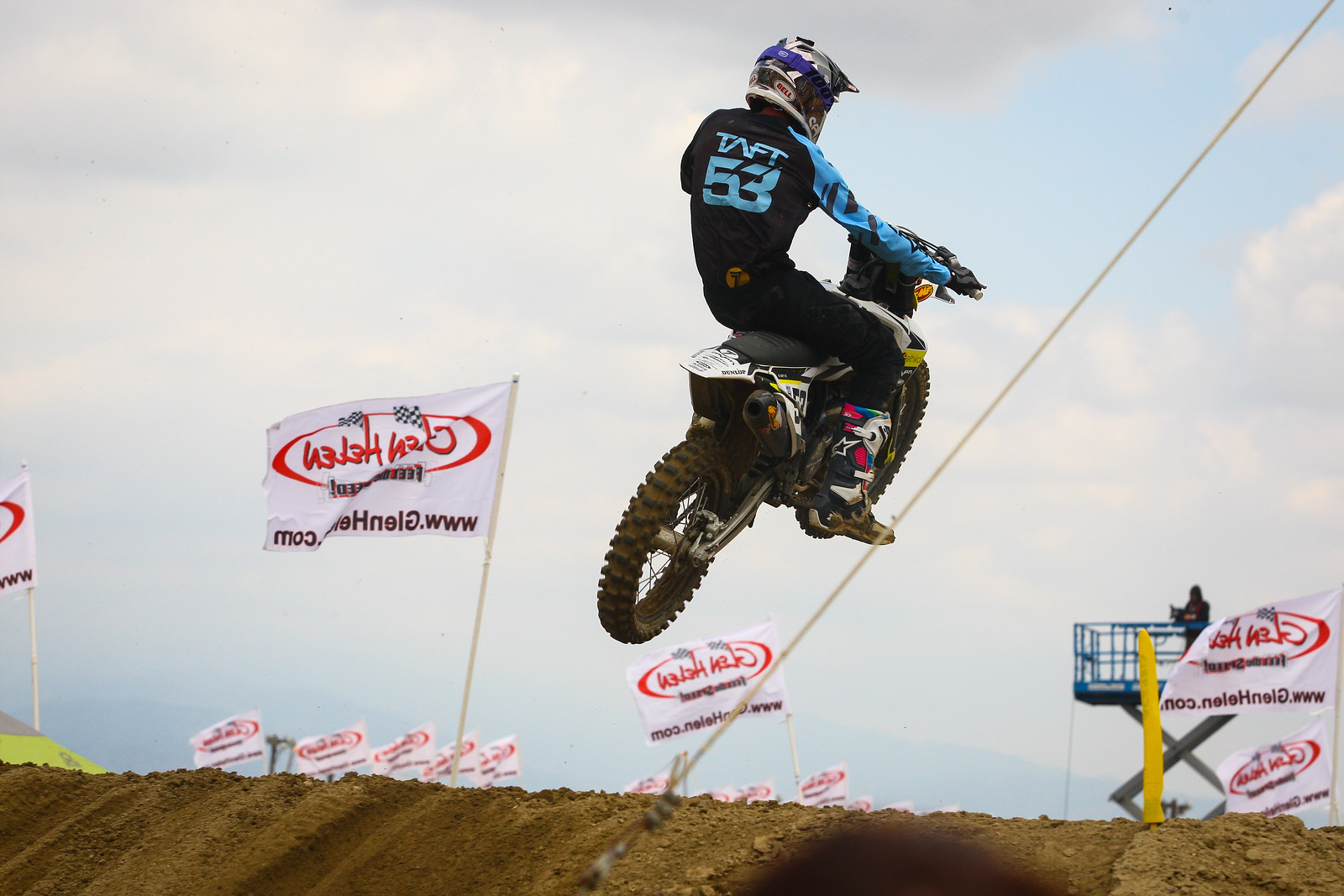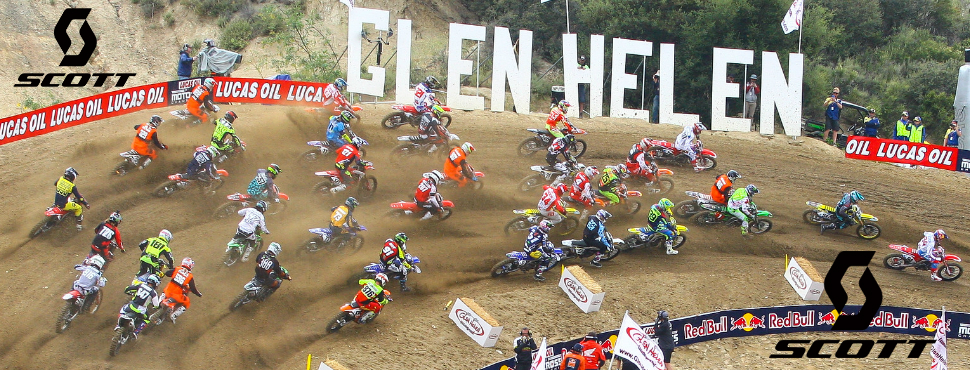Photo by: Hoppenworld
“Cooksey’s Hard Truth” presented by Scott Sports is a weekly editorial written by Chris Cooksey. Chris will be diving in and out of controversial subjects and bringing you his hard truth about the racing and the riders from around the world of Supercross and Motocross.

Saturday at the Lucas Oil Pro Motocross Outdoor National at Glen Helen, I was mesmerized by Ken Roczen’s natural talent. Last week, I stated he would not achieve wins until later in the series. I’m going to go ahead and retract that! Roczen led the first 20 minutes of the 450 Moto and it didn’t even look like he was trying. I talked to someone close to him and, as it turns out, that gruesome right hand injury he suffered in San Diego may have been a blessing in disguise. The extra time off and being forced to use the previously injured left arm for day to day tasks along with the additional healing time, has his left arm feeling much better than it did during Supercross. After the motos, Roczen and the Honda engineers were deep in conversation about bike performance as his outdoor preparation is clearly lacking in endurance and bike setup. As his cardio and bike setup improve, look for Roczen to be a consistent challenger for wins.

During the second moto a rock was lodged somewhere in Roczen’s bike causing it to sound like an engine failure. Roczen stopped into the mechanics’ area to have it checked out before re-entering the race. Who could blame him? Who wants to endure possible bike failure right before launching off a massive jump or while hurling down Mt. Saint Helens? He was still able to charge up to 8th place which sounds like an amazing comeback, considering he had a lengthy pit stop. Unfortunately his 8th place comeback is more of an indictment on the lack of strength in the 450 field. Outside the top 10 riders in the 450 class, there is a steep decline in race pace.
In the second 450 Moto at Glen Helen almost half the field was more than 20 seconds a lap slower than Eli Tomac and Jason Anderson’s fastest lap. The eleventh place rider was 12 seconds a lap slower. In comparison, the 250 class only had one rider 20 seconds or more behind Aaron Plessinger’s fastest lap. You had to go back to 23rd place to find a rider over 12 seconds a lap slower. Some might argue that Eli is much faster than the 250 riders which would account for the large gap, but not according to lap times. The top 250 guys were lapping at similar times to the top 450 guys all day long. My point here is we have a large pool of talented guys in the 250 class that should be on 450s.

On the GP circuit riders are kicked out of the 250 class after the age of 23. While I don’t feel that is the right solution, something needs to change. In a sport that offers peanuts for prize money, riders look toward manufacturers in order to maintain a career racing motorcycles. Sadly, these teams rarely hire riders out of the 450 class. They almost exclusively look at amateurs and the 250 class. When a rider moves to the 450 class as a privateer they are instantly dismissed as a future star. They become journeymen who struggle to make a living racing motorcycles. Moving to the 450 class voluntarily is almost like giving up the dream. There are exceptions, like Weston Peick, but for the most part moving to the 450 class is the beginning of the end for most professional racers.
An average of about 23,000 fans regularly attend each national, paying anywhere from $20 – $225 per ticket. Add in event sponsors and rider entry fees, and you begin to wonder, where is all the money going? Estimating 20,000 tickets are sold at a conservative $40 average, we are working with about $800,000 per round. Add sponsor money and rider entry fees to the ticket money and we have a nice chunk of change. I can’t help but ask why the riders purse isn’t larger? Current estimates are around $70,000 per round payout to the riders. After the purse is paid there is still $730,000 per round, this estimate has the purse being about 8% of ticket sales. The NFL, NBA and MLB all share over 50% of their league’s revenue with the players. My guess is that sponsors and rider entry fees cover most of the event setup costs and the $800k collected from ticket sales is profit. If Motocross infused 50% of the revenue [similar to other major sports], the entire landscape of racing would grow.

My point isn’t to bash the promotors, but instead to offer an avenue for riders to have profitable careers as 450 racers. If a racer could make a good living going 15-15 at an outdoor National, the level of competition would rise. Riders would be able to move to the 450 class in order to further their career rather than end their career.
The 250 class will always be where manufacturers groom their superstars, but allowing another avenue for a profitable career would grow the sport and expand the 450 talent pool. Because once you abandon the 250 class, your chances of making a comfortable living decrease considerably. Without being disrespectful to the 450 riders outside of the top 10, what do you call someone who pays their own money to go racing? A glorified hobbyist.




